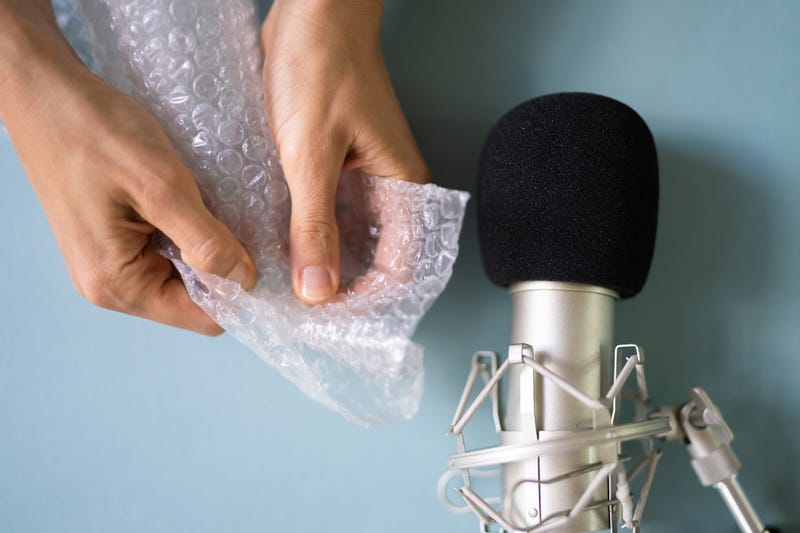
Inside a gallery on Broadway in New York City in early March, visitors could see pieces intended to create the sensations of autonomous sensory meridian response, more commonly known as ASMR.
It refers to a “tingly” brain feeling people feel from certain stimuli. These include soft whispers, crinkling paper and tapping nails.
Outside of the gallery, ASMR content has become a growing trend online. According to ASMR University, there were around 25 million ASMR videos on YouTube as of last year. After learning about the pop-up gallery from Time Out, the team at the “Something Offbeat” podcast wanted to find out what exactly ASMR is.
“It’s just a fancy way of saying [an] experience that some people have, which is this deeply relaxing feeling, but also with these light, pleasurable brain tingles, which are kind of sparkly,” explained Dr. Craig Harris Richard, the founder of ASMR University and host of the Sleep Whispers podcast.
In addition to creators making millions of videos about ASMR on YouTube, scientists have also been researching what causes this sensation to happen in the brain.
“We found there is are robust changes that we observed in the brain activities, and these changes happen in actually all major brain waves,” said Joy Bhattacharya, a professor at Goldsmith University in London. He’s the lead researcher of a study published in the Cortex Journal on ASMR.
Do you experience AMSR? Listen to find out.
Each week, “Something Offbeat” dives into stranger-than-fiction headlines. If you have suggestions for stories the show should cover, send them to us at somethingoffbeat@audacy.com.

